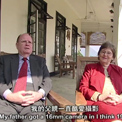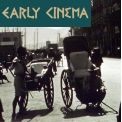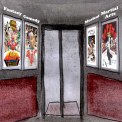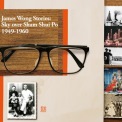 Collections
Collections Remembrance of the Avant-Garde: Archival Camera Collection
Remembrance of the Avant-Garde: Archival Camera Collection Wave of Amateur Filmmaking
Wave of Amateur Filmmaking Introduction
Introduction
As technology advances, digital image capturing devices have now dominated the market and replaced hundred-year-old film equipment. Since The Edison Shorts of 1898, foreign production companies began to send crews to Hong Kong to produce travelogues and newsreels, and in the process introduced imported film equipment to Hong Kong. However, such pricey novelty was only available to a small number of foreigners residing in Hong Kong. Most of the surviving images of early Hong Kong, which were shot between the 1920s to 1950s, were 9.5mm and 16mm film footages made by foreigners residing or travelling in Hong Kong. Dutch documentary filmmaker Michael Rogge, for instance, shot more than 200 minutes' footages of Hong Kong cityscape with his 9.5mm and 16mm cameras from 1949 to 1954.
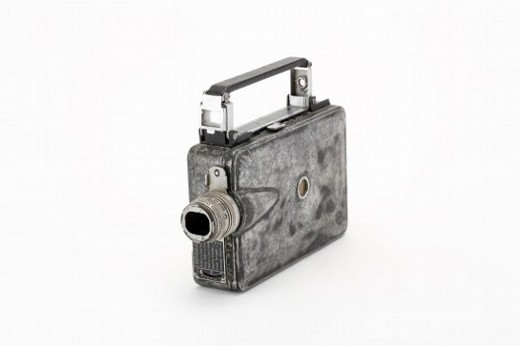
Kodak (U.S.) invented 16mm film stock in 1923 and many manufacturers started to mass produce cameras accordingly. Priced much lower than 35mm, 16mm cameras became welcomed alternatives of amateur filmmakers. Although 16mm film stock is not as good as 35mm in terms of sharpness, colour and granularity, 16mm cameras were widely used for home movies, travelogues, educational films and television programmes because of their price, handiness as well as vast range of accessories. By 1935, Kodak added optical sound tracks to 16mm film stock, expanding its application to different public and private sectors, especially around the time of World War II.
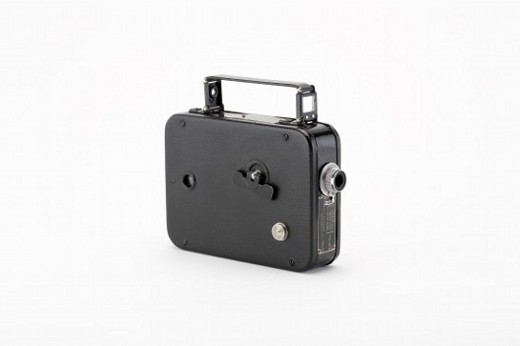
And then, Standard 8mm camera was invented and started to take a share of 16mm’s market. Yet, the true triumph of the 8mm format came when Kodak modified the film into Super 8mm. It had smaller perforations and thus larger image area and better quality, and came in light-proof cartridges for easy and smooth loading. In addition, a magnetic sound track was added for recording sound in 1973. Super 8mm camera was a big success among the Hong Kong young amateur filmmakers in the 1970s. Many of them saved every penny possible to purchase one and started their own independent and experimental filmmaking.
